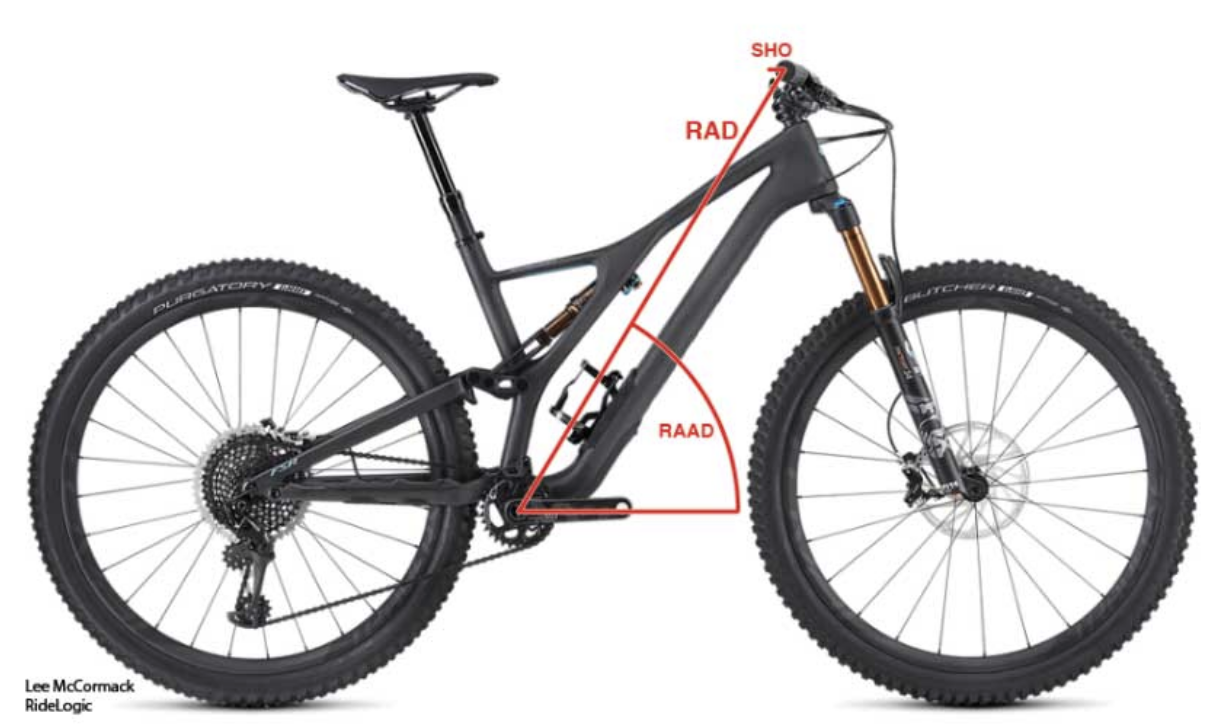Questions after reading Dialed
Hi Lee,
First of all, thank you for all your work on the blog – it really is a standout in the bike-internet-knowledge base. As well as Dialed e-book that I bought today.
After reading it, I have some questions. Perhaps you will find time to answer them?
1. How can I access the rider-and-bike calculator (I always get a “This page requires a membership to view” notification when I login with my e-mail: wooyek@gmail.com)?
2. “RAD, RAAD, Reach and Stack Table” – are these actual frame dimensions (“official” reach/stack used by manufacturers) or do they include cockpit dimensions?
3. If handlebar rotation should not be used to dial-in the RAD, what method should be used first, give the stem spacers are not enough?
4. What is your method to measure RAAD?
5. How would you describe rider’s “average proportions”? Do you know the average inseam-to-height ratio?
Thank you in advance, best regards!
Michal
Michal,
Thank you for buying the Dialed book, and for reaching out. It’s great to hear from readers.
1. The RideLogic Rider and Bike Calculator is at the Lee Likes Bikes MTB School website. You need a paid membership to view the calculator, but good news: The Dialed book includes discount codes for a free month or half off a year. The codes are on page 10 and 122.
2. The numbers in the RAD, RAAD, Reach and Stack Table are for the entire cockpit, from the bottom bracket to the handlebars.
3. The first and easiest way to adjust RAD is via headset spacers. Number 2 is with a shorter, longer, higher or lower stem. Number 3 is a handlebar with different rise and setback.
4. I model RAAD in the Rider and Bike Calculator, but I don’t measure RAAD on bikes. Once the bike is built, if the RAD is dialed RAAD isn’t that important. If you want to measure RAAD, try A) running a string from bottom bracket to grip, then measuring the angle of the string on a phone app, or B) taking a picture of your bike from far away with a neutral perspective (like the photos bike companies shoot of their models), then measuring the angle with a graphics program or print the photo and use a protractor. Like I said, I rarely try to measure RAAD on a built bike.
5. You can find tons of great anthropometric data on this website (scroll down the page). Practically speaking, most people are average. Unless you know clothes and bikes fit you funny, don’t worry about it. BTW: If you have any questions about your RAD, try the RideLogic On-Bike RAD Check. It’s in the book and on the website.
I hope this helps!
Lee
Learn more at the Lee Likes Bikes MTB School and in the Dialed book.


Leave a Reply
Want to join the discussion?Feel free to contribute!